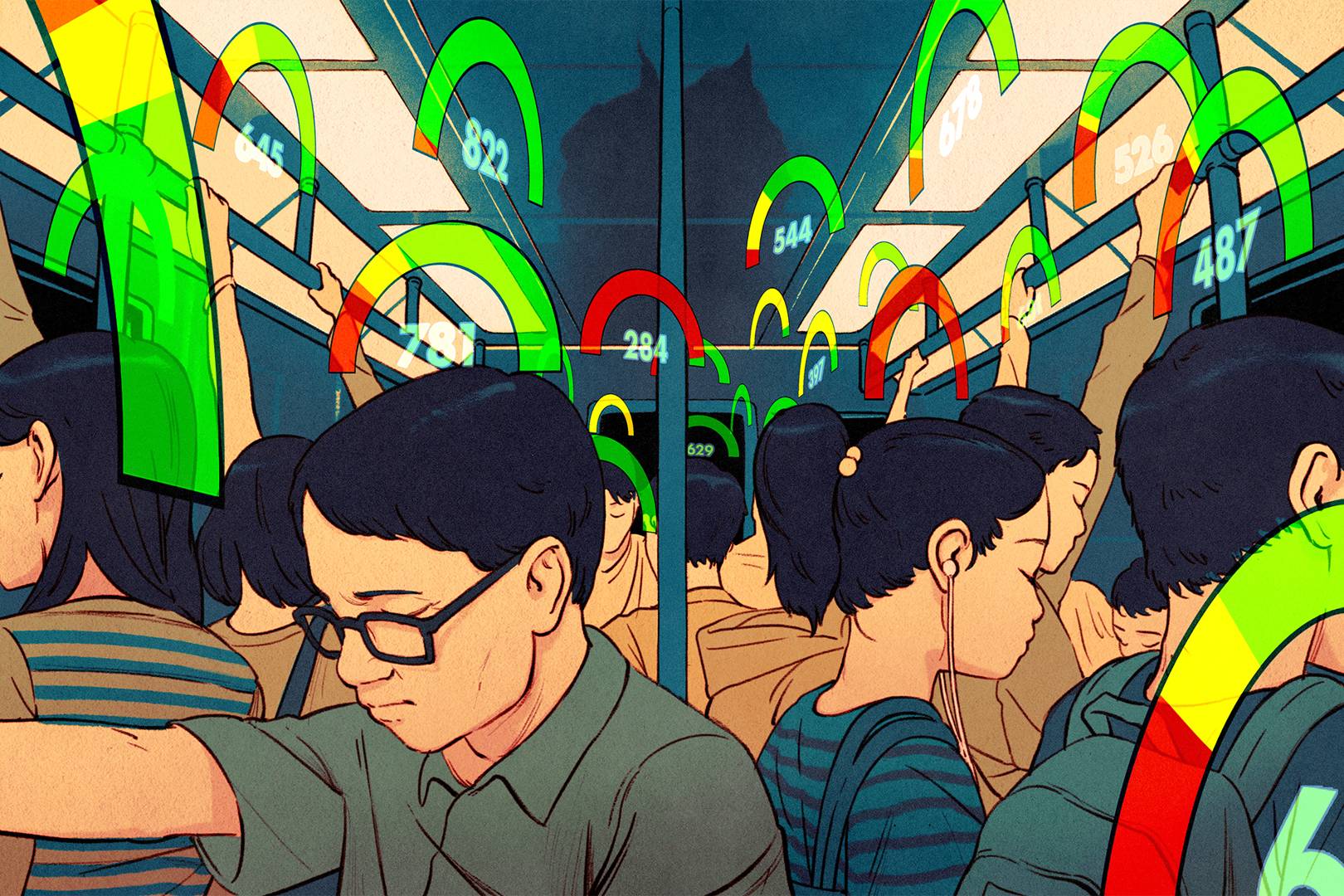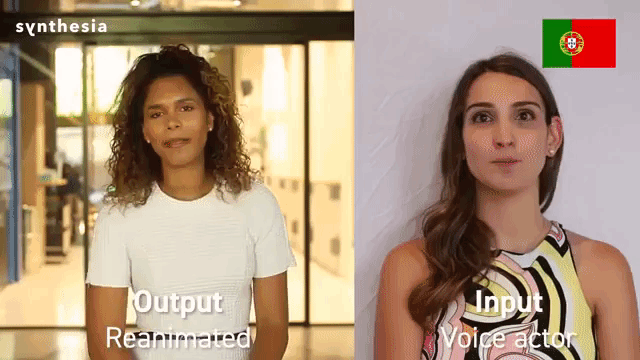It sounds like the plot of a Black Mirror episode come to life. News that China is actually moving forward with a dystopian plan to track and judge every single citizen based on their actions. With the program getting kicked off in Beijing over the next few years.
As Bloomberg explains, “The capital city will pool data from several departments to reward and punish some 22 million citizens based on their actions and reputations by the end of 2020, according to a plan posted on the Beijing municipal government’s website on Monday. Those with better so-called social credit will get ‘green channel’ benefits while those who violate laws will find life more difficult.”
How so? Well, travel benefits might be one such way a person’s social credit score is put to use. Imagine, for instance, that you need a certain score in order to purchase a first class ticket. Or that you may not even be allowed to purchase a ticket at all if your score is too low. In this way social credit scores become a form of wealth, with high scores and the perks that come along with them becoming the new status symbols.
Personally I love this plan as it harkens back to my old idea for the Game of Life. Brush your teeth and earn points. Visit the doctor and earn points. Donate to charity and earn a bucket load of points. Rinse. Wash. Reap. The benefits that is. As the world becomes a better place around you. Think about it.
With rewards in place for cleaning and recycling there would be less pollution. With rewards for going to the doctor there would be less illness. With rewards in place for studying we’d all be more educated. There’d even be less crime, since committing even a petty crime, would devastate not just your own social status, but your entire families as well.
Of course we’d prefer that people just did these things out of the kindness of their heart. Prefer it if their motivations were coming from a moral high ground or that they were at the very least just motivated to follow the law. But it would be naïve of us to think that morality and lawfulness work 100% of the time. Clearly they do not. Perhaps gamification could fill in the missing pieces. Address those citizens that slip through the cracks of the current system. Considering how glued we already are to our cell phones and how intrinsic gaming culture already is in our lives, it’s fair to wonder if such a plan could actually work.
However, the concept is not without risk. First of all, there’s no way of knowing the social impacts that this system will have. Will people with low scores, even if no fault of their own, be ostracized from society? With it further drive a wedge between the haves and the have nots. Furthermore, could the government unfairly reward or deduct points to certain groups of people that it favors? Could the system be hacked or gamed to the advantage of certain people? And how would a foreign tourist without an existing social credit score even be able to navigate through the city?
These are all good questions. Ones that I don’t have the answer to. Hopefully China does. Or we may all be in for a plot twist that we never saw coming.

Is a social credit system the Greatest Idea Ever?
Read Full Post »










